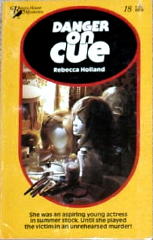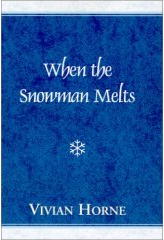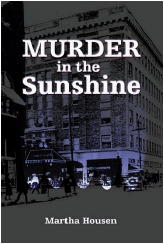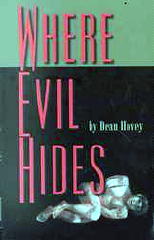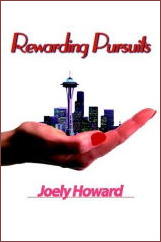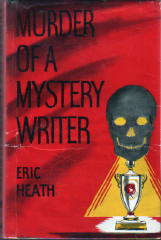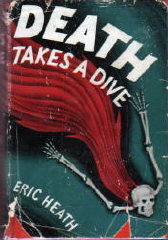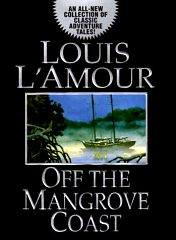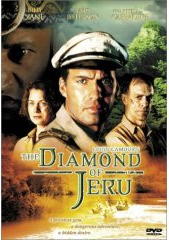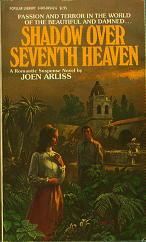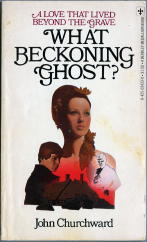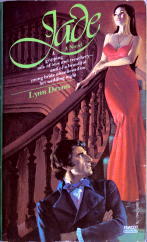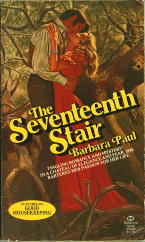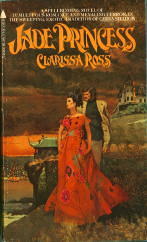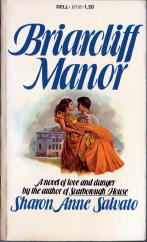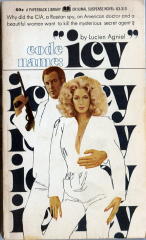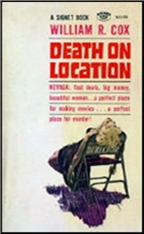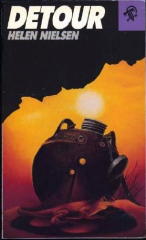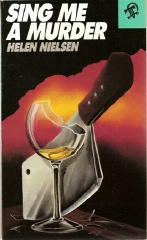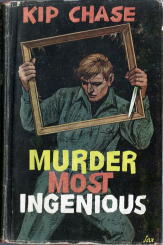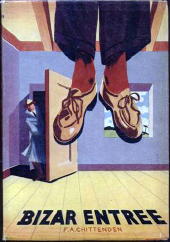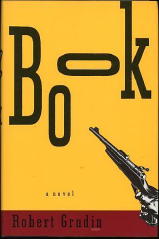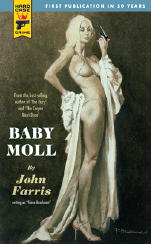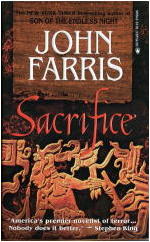Sun 2 Mar 2008
Addenda to CRIME FICTION IV: More Gothic Romances.
Posted by Steve under Authors , Crime Fiction IVNo Comments
I recently came across another box of unsorted Gothic Romance paperbacks in my basement, and I finally took the time to go through it today. The results that you see below will eventually be found in Part 25 of the online Addenda to the Revised Crime Fiction IV, appearing online in the next month or so. (You’ll read about it here first, of course.)
I may have mentioned this before, but many of the gothic romances published in the 1960s and 70s for women (mostly) were really written by men. The short grouping of authors that follows goes a long way in proving that statement.
ALEXANDER, JAN. Pseudonym of Victor Jerome Banis, 1937- , q.v.; other pseudonym Lynn Benedict. Under this pen name, the author of 19 gothic or romantic suspense paperbacks included in the (Revised) Crime Fiction IV.
The Wolves of Craywood. Lancer, 1970. Add setting: northern California. Also add: reprinted as by V. J. Banis (Wildside Press, 2007). “…the countryside around Cray manor blazed with the legend of the werewolf.”
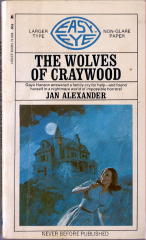
BANIS, V(ICTOR) J(EROME). 1937- . Pseudonym: Jan Alexander, q.v.; other pseudonym Lynn Benedict. Note: Besides the gothic romance novel noted below, many others have also been recently reprinted under the author’s own name. These will be cited in full in Part 25 of the Addenda.
_The Wolves of Craywood. Wildside Press, pb, 2007. Previously published as by Jan Alexander, q.v.
BOND, EVELYN. Pseudonym of Morris Hershman, 1926- , q.v.; other pseudonyms Arnold English, Sam Victor, Jack Whiffen & Jess Wilcox. Under this pen name, the author of 21 gothic or romantic suspense novels included in the (Revised) Crime Fiction IV.
The Crimson Candle. Add setting: New York City, 1894. “Was Kim Atwood a murderess or the victim of a maniacal plot?”
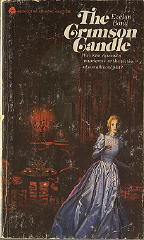
BOYLE, ANN (PETERS). 1916- . Married James Hancock Boyle in 1938; the author of a number of romance novels and a contributor of short stories and serials to many children’s magazines. Besides the gothic paperback original below, the author of two other romance novels (Avalon; 1975, 1977) included in the (Revised) Crime Fiction IV and indicated as having marginal crime content.
Moon Shadows. Manor, pb, 1978. Add setting: Austria.
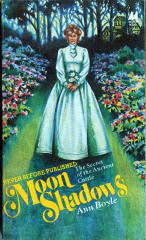
HERSHMAN, MORRIS. 1926- . Pseudonym: Evelyn Bond, q.v.; other pseudonyms Arnold English, Sam Victor, Jack Whiffen & Jess Wilcox. Under his own name, the author of three mystery novels included in the (Revised) Crime Fiction IV.
HUFFORD, SUSAN. 1940-2006. Add year of death. Actress and singer; appeared in the Broadway production of Fiddler on the Roof, 1970-72, with various theatrical touring companies, and on television. Married for many years to daytime television star Michael Zaslow, who died of ALS in 1998. The author of eight gothic or romantic suspense novels included in the (Revised) Crime Fiction IV. Series character Hilda Hughes, a professor of literature at the University of Michigan, appears in at least five of them.
Melody of Malice. Add setting: London, and SC: Hilda Hughes. “The devil himself seemed to play the keyboard of horror…”
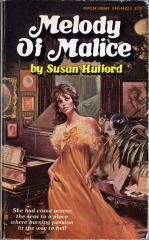
ROSS, CLARISSA. Pseudonym of W. E. D. Ross, 1912-1995, q.v.; other pseudonyms: Laura Frances Brooks, Lydia Colby, Rose Dana, Jan Daniels, Diane Randall, Ellen Randolph, Dan Ross, Dana Ross & Marilyn Ross. To a long list of other paperbacks under this name, add to the (Revised) Crime Fiction IV the one below:
Summer of the Shaman. Warner, pb, 1982. Setting: Vermont. “Out of the past a dark curse threatens her dreams … her life.”
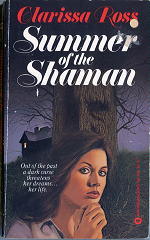
ROSS, W(ILLIAM) E(DWARD) D(ANIEL). 1912-1995. Pseudonym: Clarissa Ross, q.v.; other pseudonyms: Laura Frances Brooks, Lydia Colby, Rose Dana, Jan Daniels, Diane Randall, Ellen Randolph, Dan Ross, Dana Ross & Marilyn Ross. At one point in his career, Mr. Ross reported his total output as being 323 novels and 600 short stories. His novels were largely gothic thrillers, nurse romances, and western adventures; as Marilyn Ross, his wife’s name, perhaps best known as a long list of Dark Shadows paperbacks based on the popular daytime soap opera.
